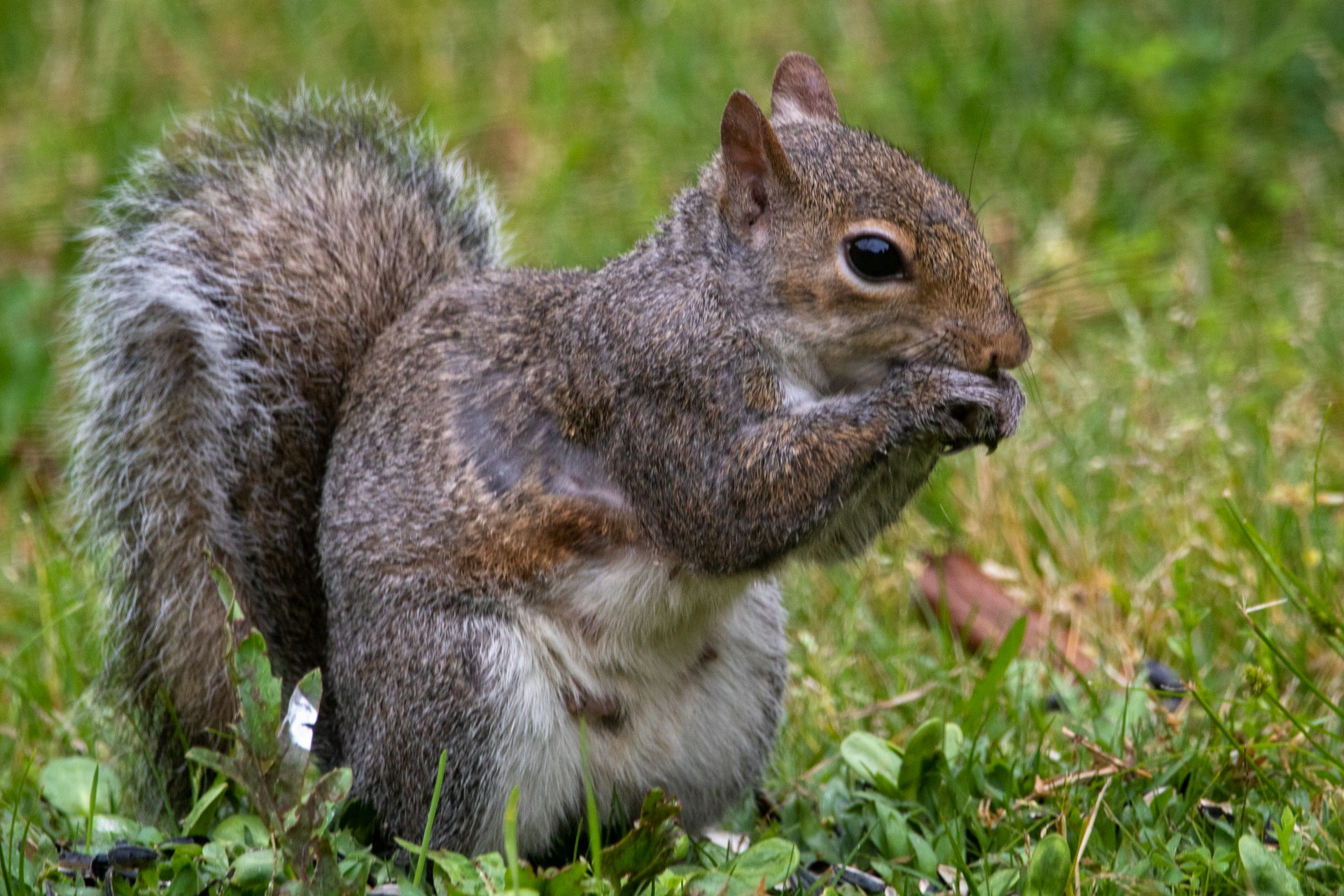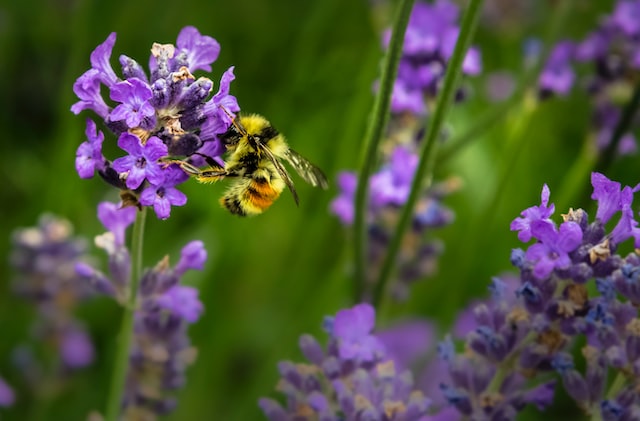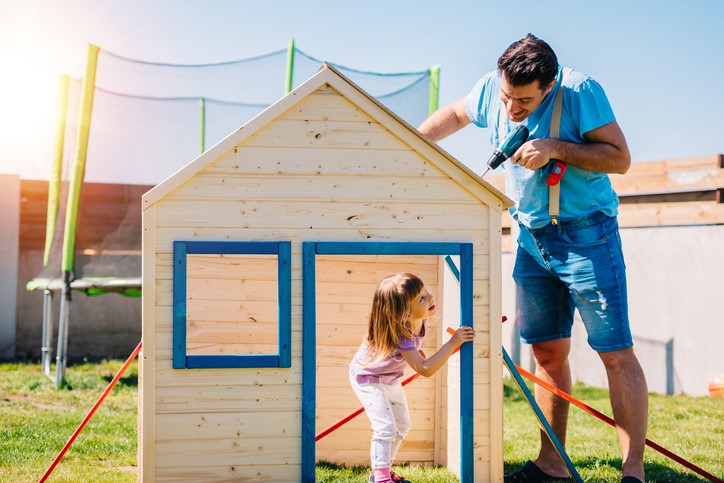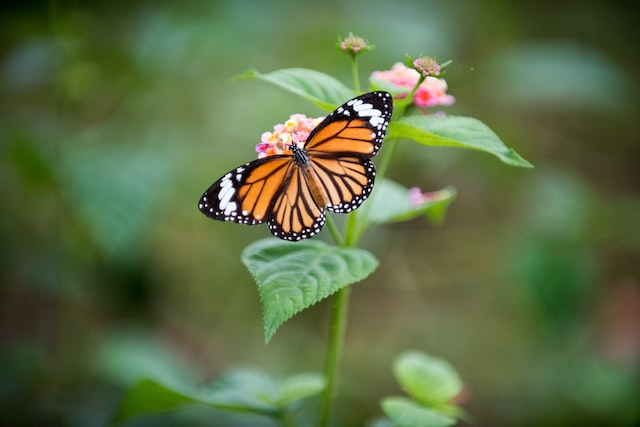We must live harmoniously alongside wildlife to maintain the balance in our ecosystems and protect nature. However, this harmony often challenges homeowners who need to protect their properties from wildlife damage while supporting conservation efforts. The National Wildlife Federation reports that nearly 60% of Americans live in areas with wildlife, making it necessary for homeowners to find effective ways to manage these interactions while keeping their homes safe.
A study by the Insurance Information Institute (III) found that in 2020, wildlife-related claims in the United States totaled over $1.3 billion, with most related to property damage. Additionally, wildlife in residential areas can pose health risks, especially for individuals with compromised immune systems or allergies. By adopting prevention strategies, homeowners can protect their properties from damage and contribute to their local ecosystems’ long-term health and sustainability.
Understanding wildlife behavior and habitat needs
Wildlife species interacting with homes often exhibit natural behaviors and require specific habitats. For example, raccoons are attracted to food sources and frequently raid trash cans or pet food, leading to significant damage and potential health risks. Squirrels are drawn to trees and may cause damage by gnawing on branches or roofs, which can compromise a home’s structural integrity.
Common wildlife and their attractants
Mammals
- Raccoons: Attracted to food sources, such as trash cans, pet food, and gardens.
- Squirrels: Drawn to trees, particularly those with nuts or seeds.
- Bats: Attracted to insects, such as mosquitoes and moths, which they feed on.
- Rats: Attracted to food waste, moisture, and shelter, often found in attics or basements.
- Opossums: Attracted to food sources, such as pet food, trash, and gardens.
- Deer: Attracted to vegetation and can cause damage by breaking through fences or windows.
- Bears: Attracted to food sources, such as garbage or pet food, can cause significant damage to homes.
- Skunks: Attracted to food sources, such as pet food, trash, and gardens.
Insects
- Bees: Attracted to flowers, particularly those with nectar and pollen.
- Ants: Attracted to food sources, nesting sites, and trails left by other ants.
- Termites: Attracted to wood, particularly damp or rotting wood.
- Carpenter ants: Attracted to wood, particularly in areas with moisture.
- Cockroaches: Attracted to food waste, moisture, and shelter.
- Mosquitoes: Attracted to standing water and organic matter.
- Bed bugs: Attracted to human blood and can infest homes.
- Fleas: Attracted to warm-blooded animals and can infest homes.
Birds
- Pigeons: Attracted to food sources, such as trash and pet food.
- Sparrows: Attracted to seeds and grains.
- Starlings: Attracted to insects and seeds.
- Woodpeckers: Attracted to trees and can cause damage by pecking on wood.
- Birds of prey (hawks, owls, falcons): Attracted to small mammals and birds.
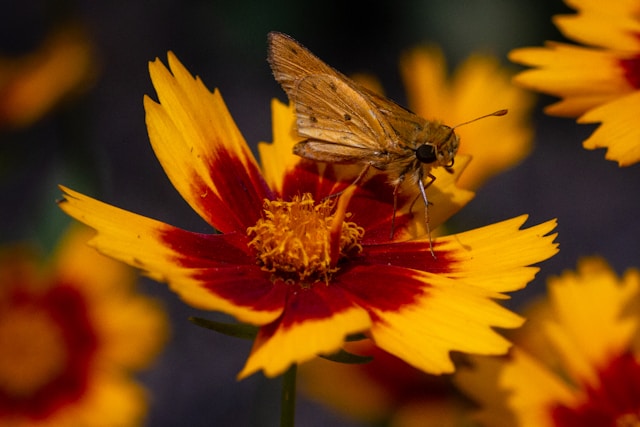
Understanding wildlife-related damage
Wildlife-related damage can be a significant concern for homeowners, particularly in areas where populations are growing. Common issues include:
- Chewing and gnawing: Rodents, raccoons, and other small mammals may chew through insulation, wiring, and other materials to access food or shelter.
- Nesting and burrowing: Birds, squirrels, and other animals may build nests or burrows in attics, walls, or under decks, causing structural damage and potentially creating fire hazards.
- Feces and urine: Wildlife can leave behind unsanitary waste, leading to health concerns and unpleasant odors.
- Property damage: Wildlife can cause significant damage to landscaping, gardens, and outdoor structures, such as decks and fences.
Wildlife-proofing your home
To protect your home from wildlife damage and promote conservation, follow these tips:
Seal all entry points
- Caulk and seal: Use caulk or sealant to fill any gaps or holes around windows, doors, vents, and pipes.
- Door sweeps: Install door sweeps or weatherstripping to prevent wildlife from entering through gaps under doors.
- Seal roof vents: Seal roof vents and chimneys to prevent wildlife from entering through these openings.
Remove food sources
- Secure trash cans: Keep trash cans tightly sealed and store them in a secure location.
- Remove pet food: Store pet food in airtight containers and clean up any spills immediately.
- Keep bird feeders clean: Regularly clean and maintain bird feeders to prevent the accumulation of seeds and other attractants.
Maintain your home
- Regularly inspect your home: Look for signs of wildlife damage and promptly address any issues.
- Keep your yard clean: Clean it regularly and keep it debris-free to discourage wildlife from approaching your home.
- Trim trees and shrubs: This will help prevent overgrowth and reduce the likelihood of wildlife nesting or burrowing.
- Use wildlife-resistant materials: Install roofing, siding, and fencing made of metal or vinyl, which is resistant to wildlife damage.
Support local conservation efforts
- Participate in local conservation initiatives: There are many programs, such as wildlife rehabilitation or habitat restoration projects.
- Support local wildlife control services: Support and prefer services that humanely remove wildlife from your property.
- Educate yourself: Learn about the wildlife in your area and understand their behaviors and needs. This knowledge can help you take preventive measures before issues arise.

Protecting your home from wildlife
A smart way to ensure your home is protected is with home insurance. This will protect you when unexpected problems happen.
- Covers repair costs: If an animal damages your property, like chewing through wiring or tearing up insulation, your home insurance can cover the repair costs.
- Protects against major structural damage: Sometimes, wildlife can cause significant damage, like tearing up parts of the roof or walls. Home insurance can help pay for these major repairs.
- Covers personal property: If wildlife gets inside your home and damages your belongings, such as furniture or electronics, your insurance may cover the cost to replace or repair these items.
- Helps with temporary living expenses: In severe cases where wildlife damage makes your home uninhabitable, your insurance can help pay for temporary living expenses while repairs are made.
Check your policy
Not all home insurance policies cover wildlife damage the same way, so it’s important to review your policy and ask your insurance agent about the specifics. Here are some key points to check:
- Type of damage covered: Ensure that your policy includes coverage for damage caused by animals. Some policies may exclude certain types of wildlife.
- Exclusions and limitations: Understand any exclusions or limitations, such as specific animals not covered or limits on coverage for certain types of damage.
- Deductible amount: Know your deductible—the amount you must pay out of pocket before insurance kicks in. Make sure it’s an amount you’re comfortable with.
- Additional coverage options: Ask about endorsements or additional coverage options to add to your policy to better protect against wildlife damage.
Extra tips
If an event happens, there are some steps you can take to make the process easier and smooth. Stay prepared and informed so your home insurance works effectively.
- Document damage: Take photos and keep records of any damage as soon as you notice it. This can be helpful when filing a claim.
- Regular maintenance: Maintain your home regularly to prevent wildlife from causing damage. Insurance can help when things go wrong, but prevention is always the best strategy.
- Talk to your agent: If you’re unsure about what your policy covers, don’t hesitate to contact your insurance agent. They can explain your coverage and suggest any additional protection you might need.
Cultivating a wildlife-friendly landscape
Your home landscape can do more than just look beautiful. You can transform your backyard into a thriving ecosystem that benefits you and the local wildlife by making a few simple tweaks.
- Some wildlife can positively impact your garden by aiding in pollination and pest control. Incorporate native plants and strategic landscape features to create an oasis that supports local wildlife populations.
- Start by selecting native trees, shrubs, and flowers that provide food and shelter for the critters in your area. Native plants naturally adapt to the local climate and soil, requiring less maintenance while offering valuable resources like nectar, berries, and seeds that attract pollinators and other wildlife.
- Add landscape elements that cater to your wild neighbors’ needs. Install birdhouses, feeders, and bat boxes to give them a safe place to roost and raise their young. A small pond or birdbath can provide a much-needed water source. Leave a few piles of logs or rocks – these offer shelter and habitat for all sorts of creatures.
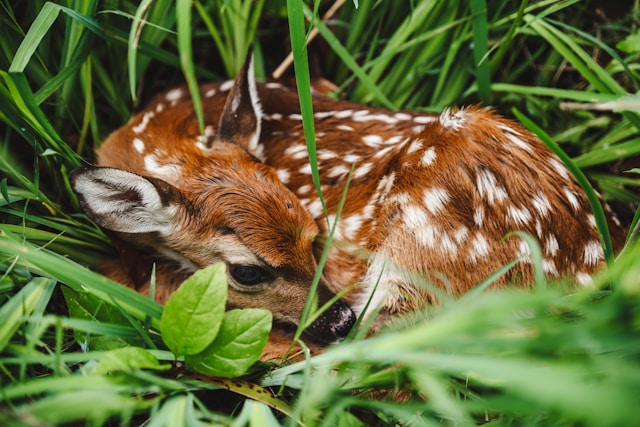
Balancing conservation with protecting homes from damage requires a comprehensive approach. Homeowners can effectively coexist with wildlife by understanding their behavior and habitat needs while ensuring adequate home protection.
